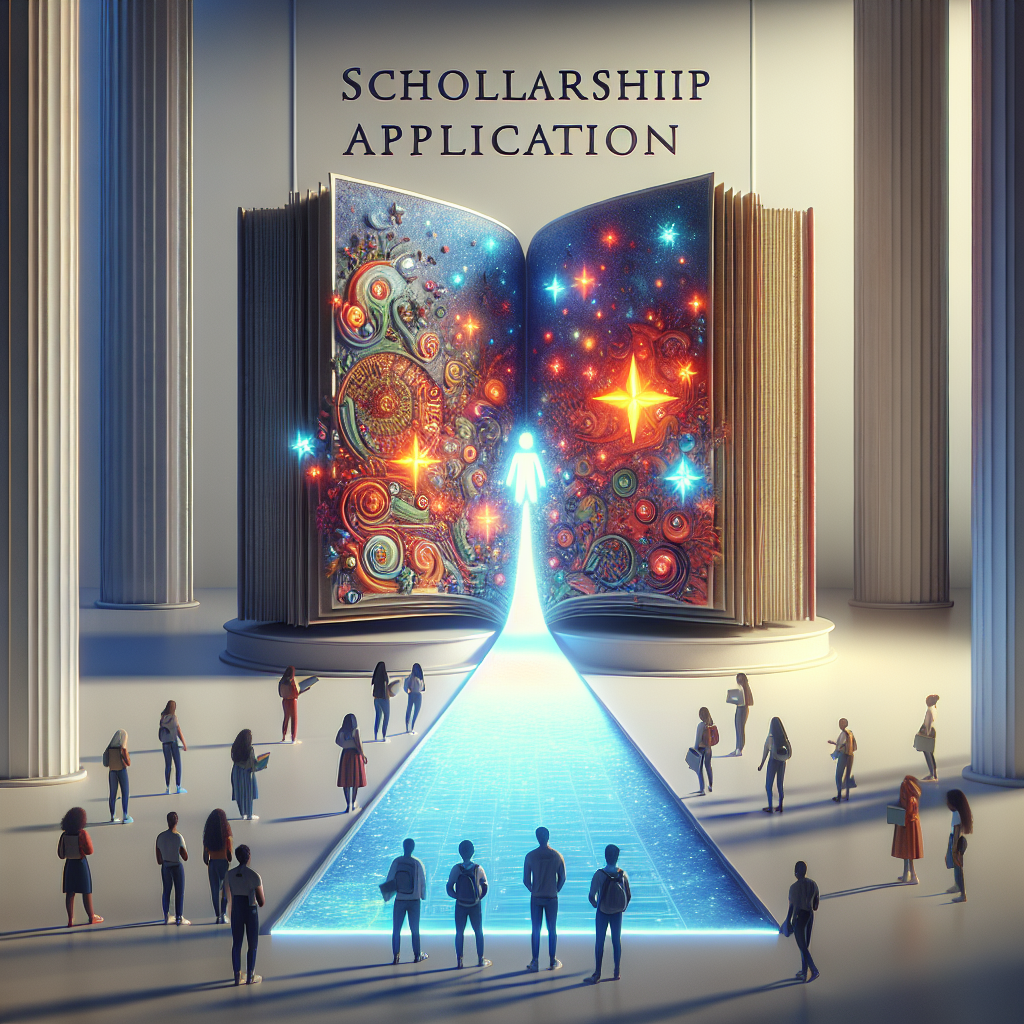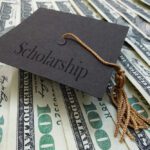The Future of Scholarship Application Letter Template: What To Expect is already shaping how applicants prepare motivation letters and recommendation summaries. Rising expectations from selection committees mean that the traditional one-page boilerplate will give way to templates and examples that blend clear structure with room for genuine voice, evidence of impact, and multimedia supplements.
How scholarship application letter templates will evolve
Expect templates to shift from rigid paragraphs toward modular components: a concise opening hook, a focused achievements block, a skills-evidence section, and a closing impact statement. Admissions officers will look for documents that make it easy to compare candidates while still allowing individuality. In practice, that means more prompts inside templates (e.g., “Describe a leadership moment in 100–150 words”) and optional attachments for portfolios or short video statements.
Personalization through technology
Artificial intelligence and natural language tools will help applicants tailor letters to individual scholarships without losing authenticity. Automated suggestions can recommend which accomplishments to highlight based on the scholarship’s priorities, but successful letters will still rely on applicant-specific anecdotes and measurable outcomes. Templates will increasingly include markers for where to add concrete metrics (fundraising totals, project reach, grades, or exhibition attendance) so panels can assess impact quickly.
Discipline-specific formatting
Different fields value different evidence. For creative fields, candidates will be expected to link or reference a curated portfolio; for research scholarships, methods, publications, and project timelines matter more. If you’re applying to grants or awards that emphasize art practice, look for resources tailored to artistic applicants such as scholarships for art students, which discuss how to frame studio work, exhibitions, and creative processes within a scholarship narrative.
Multimedia and alternative evidence
Letters will increasingly point to short supplemental media—video clips, project documentation, or interactive portfolios—allowing committees to verify claims and experience. Templates will include suggested filenames, timing limits for videos, and guidance on alt text and transcripts to maintain accessibility. The adoption of multimedia will be balanced by guidelines that prevent bias toward applicants with greater tech resources.
Equity, accessibility, and privacy
Future templates will incorporate accessibility features and privacy best practices. Clear instructions on how to anonymize sensitive data, provide alternative formats for reviewers with disabilities, and state consent for sharing third-party images or personal data will be common. Scholarship programs will publish policies explaining how candidate information is used and stored, aligning with broader higher-education trends highlighted by organizations such as UNESCO’s overview of higher education trends.
Standardization vs. narrative freedom
Expect a hybrid approach: standardized sections for comparability (education, outcomes, budget justification) combined with a short narrative section for ethos and motivation. This balance helps committees evaluate core eligibility quickly while allowing applicants to show distinctive qualities. Templates will provide word counts and example sentences but encourage originality rather than canned phrases.
Practical tips for applicants
When preparing for these emerging formats:
- Focus on measurable impact—include numbers, time frames, and outcomes.
- Keep the narrative concise—use the modular template to place your strongest evidence first.
- Prepare accessible multimedia: short captions, transcripts, and portfolio links.
- Follow privacy guidance and get permissions for third-party content.
Preparing for tomorrow: templates, tools, and truth
As template design becomes more sophisticated, applicants should view them as scaffolding, not scripts. Use tools to draft tailored drafts, but keep the core truth of your experience intact. Selection committees will reward specificity, clarity, and ethical presentation. Over time, scholarship application letters will act as both a summary and gateway to deeper evidence hosted in secure, standardized repositories.
Quick takeaways
- Templates will be modular, prompting specific evidence rather than offering long open-ended prompts.
- AI will assist personalization but won’t replace authentic anecdotes and concrete outcomes.
- Multimedia and accessibility become standard parts of a complete application.
FAQ
Q: Will using AI-generated text harm my application?
A: Not necessarily—AI can help improve clarity and grammar, but panels value authentic examples and clear evidence. If you use AI, revise outputs to reflect your true voice and specific achievements.
Q: How long should future scholarship letters be?
A: Follow the template’s guidance; many programs will enforce shorter, structured responses (100–300 words per prompt) plus optional attachments. Concise, evidence-rich answers often outperform longer, unfocused essays.
Q: Are multimedia elements required?
A: Not always. Multimedia will be optional in many cases, but highly recommended for creative and practice-based scholarships where visual or audio work demonstrates competency better than text alone.



